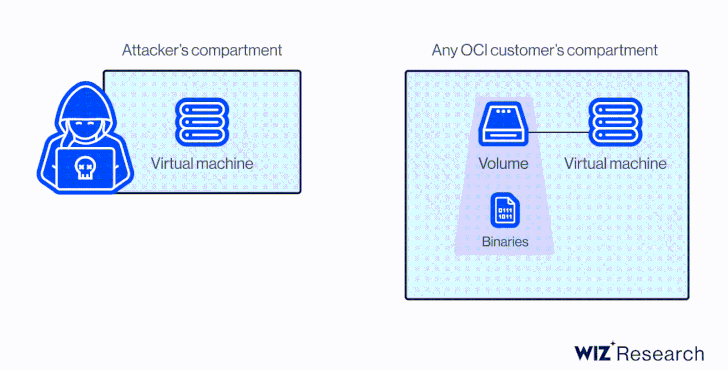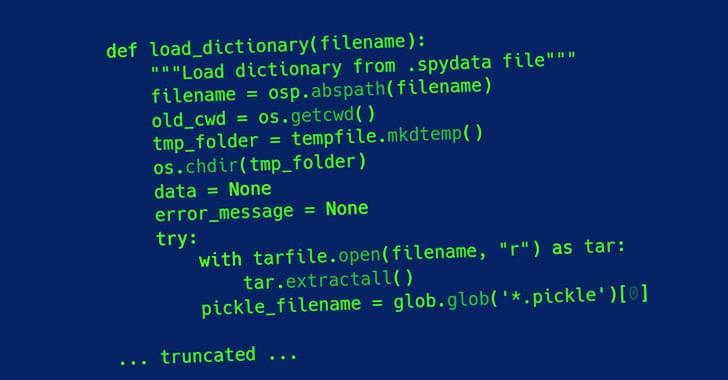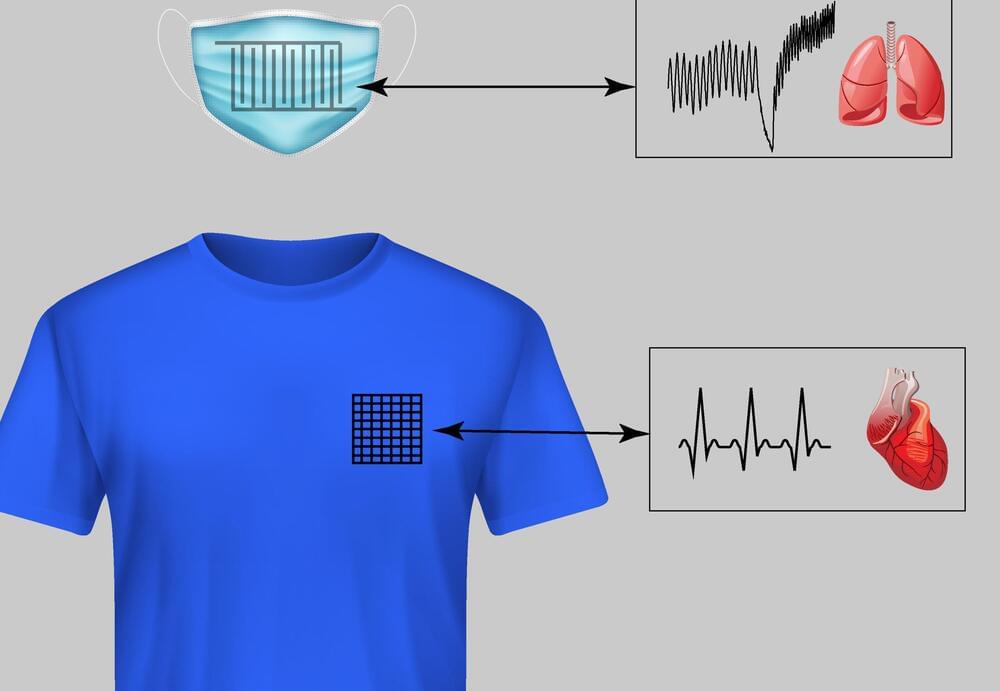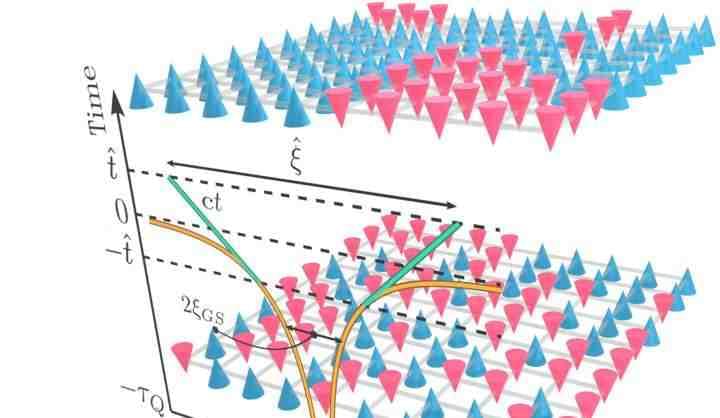The artificial artist Dall-E 2 has now designed the Apple Car.
A hypothetical “AI-generated Apple Car” ingeniously made use of artificial intelligence technology was created by Dall-E 2 in response to a text request by San Francisco-based industrial designer John Mauriello.
Mauriello focuses on advancing his one-of-a-kind craft by utilizing cutting-edge technologies. He typed that he wanted a minimalist sports automobile inspired by a MacBook and a Magic Mouse created out of metal and glass on DALL-E 2, an artificial intelligence system that can create realistic visuals and art from a description. Additionally, he gave the AI instructions to style the design using Jony Ive’s methods, the former head of design at Apple.









